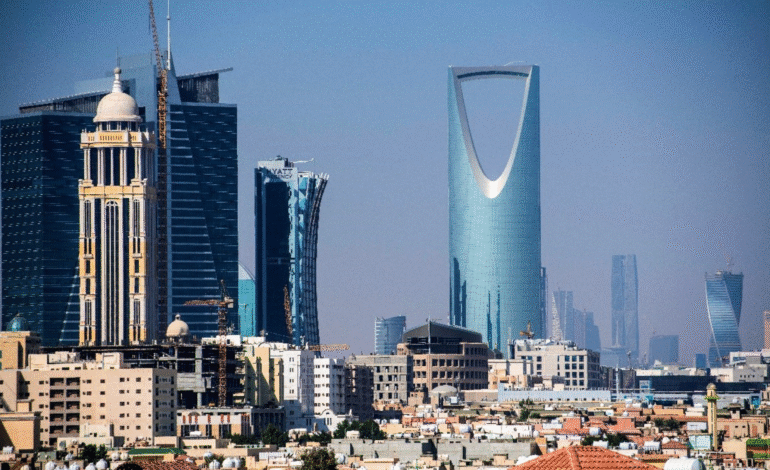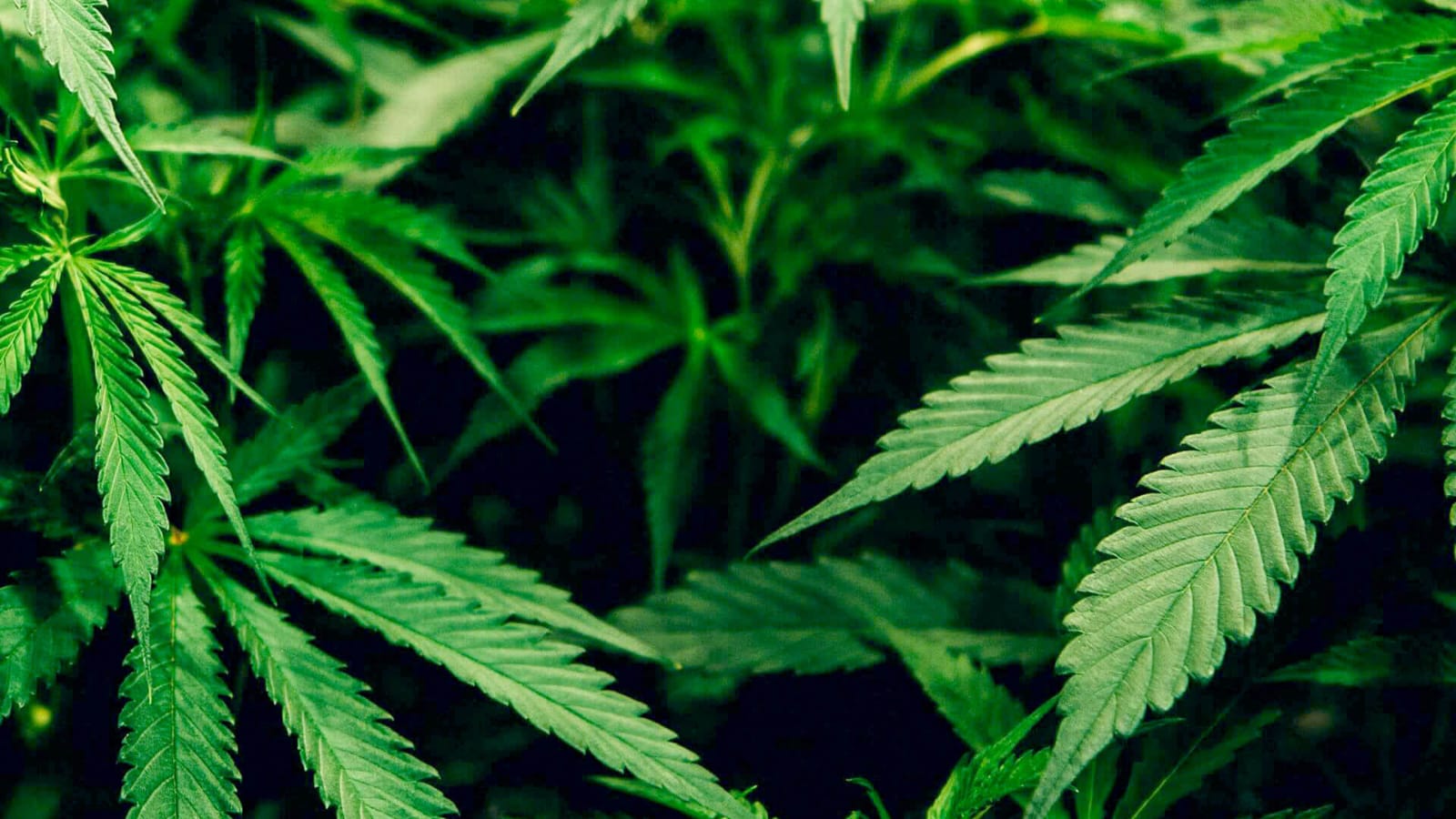Saudi Arabia’s 3.9% GDP Growth in 2025: Vision 2030 Triumphs

Saudi Arabia’s economy is on an upward trajectory, showcasing remarkable resilience and growth in the second quarter of 2025. According to flash estimates from the General Authority for Statistics (GASTAT), the Kingdom’s real GDP surged by 3.9% year-on-year, driven by robust performances in both oil and non-oil sectors. This economic milestone underscores Saudi Arabia’s strategic diversification efforts under Vision 2030 and its ability to navigate global economic shifts. For readers in the UAE and across the Middle East, this development signals a promising regional economic outlook, with opportunities for businesses and investors.
Key Drivers of Saudi Arabia’s GDP Growth in Q2 2025
Non-Oil Sector: The Backbone of Diversification
The non-oil sector emerged as a powerhouse, growing by an impressive 4.7% year-on-year in Q2 2025. This growth reflects Saudi Arabia’s commitment to reducing its reliance on oil revenues through Vision 2030 reforms. Key industries such as tourism, technology, retail, and construction have seen significant investments, creating a diversified economic base. For instance, mega-projects like NEOM, Qiddiya, and the Red Sea Project continue to attract global attention, boosting employment and economic activity.
The non-oil sector’s growth is particularly relevant for UAE businesses, as it opens avenues for cross-border collaborations in sectors like fintech, hospitality, and logistics. The UAE, with its established economic hubs in Dubai and Abu Dhabi, can leverage Saudi Arabia’s diversification to strengthen bilateral trade. Keywords like Saudi non-oil growth and Vision 2030 projects are trending in regional searches, making this a hot topic for Middle East readers.
Oil Sector: A Strong Comeback
Despite the focus on diversification, the oil sector remains a critical pillar of Saudi Arabia’s economy, posting a solid 3.8% year-on-year growth in Q2 2025. This uptick aligns with OPEC+ agreements that have allowed the Kingdom to ramp up production. The oil sector’s performance is a testament to Saudi Arabia’s strategic role in global energy markets, ensuring stability in oil prices while meeting rising demand.
On a quarterly basis, the oil sector’s growth was even more striking, with a 5.6% increase compared to Q1 2025. This surge contributed significantly to the 2.1% seasonally adjusted GDP growth quarter-on-quarter. For Middle East economies, including the UAE, Saudi Arabia’s oil sector stability translates to predictable energy supplies, supporting industries like manufacturing and transportation. Search terms like Saudi oil production 2025 and OPEC+ impact are gaining traction, highlighting the sector’s relevance.
Government Activities: A Modest Contribution
Government activities recorded a modest 0.6% year-on-year growth in Q2 2025, reflecting cautious public spending as Saudi Arabia balances fiscal deficit targets. However, on a quarterly basis, government activity dipped by 0.8%, indicating a strategic focus on optimizing public expenditure. This aligns with Vision 2030’s goal of fostering a private-sector-led economy, reducing dependence on government-driven growth.
For UAE readers, this shift offers insights into regional fiscal strategies. The UAE’s own diversification efforts, such as Expo 2020’s legacy projects and Abu Dhabi’s economic zones, mirror Saudi Arabia’s approach, making this a relatable narrative. Keywords like Saudi fiscal policy and public investment 2025 resonate with audiences seeking economic analysis.
Quarterly Performance: A Closer Look
Seasonally adjusted data reveals a 2.1% GDP increase from Q1 to Q2 2025, driven primarily by the oil sector’s robust performance. The non-oil sector’s 1.6% growth further bolstered this quarterly gain, showcasing a balanced economic expansion. The slight decline in government activity did not overshadow the overall positive trend, as private-sector momentum compensated for the dip.
This quarterly growth is a signal of Saudi Arabia’s economic stability, which is crucial for regional investors. For UAE-based businesses, the Kingdom’s consistent performance creates a predictable environment for trade and investment. Search queries like Saudi GDP Q2 2025 and Middle East economic growth are trending, reflecting reader interest in quarterly updates.
Expert Forecasts: A Bright Outlook for 2025
Analysts at S&P Global Market Intelligence are optimistic about Saudi Arabia’s economic trajectory, projecting 4.8% real GDP growth for 2025, a significant leap from 2.0% in 2024. This forecast is underpinned by two key factors: increased oil production in line with OPEC+ agreements and sustained non-oil diversification through Vision 2030 reforms. The analysts highlight that domestic demand and consumer spending will be pivotal drivers, though private fixed investment may remain subdued due to global uncertainties.
Public investment growth is expected to be constrained as Saudi Arabia prioritizes fiscal discipline. However, the combination of rising oil exports and non-oil expansion positions the Kingdom for a stronger full-year performance.
Implications for the Middle East and UAE
Saudi Arabia’s economic surge has ripple effects across the Middle East, particularly for the UAE. As the Kingdom diversifies, it creates opportunities for UAE businesses in sectors like real estate, tourism, and technology. The UAE’s strategic location and advanced infrastructure make it an ideal partner for Saudi Arabia’s mega-projects, fostering Gulf Cooperation Council (GCC) collaboration.
Moreover, Saudi Arabia’s oil sector stability ensures energy security for the region, supporting UAE industries that rely on consistent oil and gas supplies. The Kingdom’s focus on fiscal discipline also aligns with UAE’s efforts to manage deficits, offering a shared narrative for regional readers. Search terms like Saudi-UAE economic ties and GCC growth 2025 are highly relevant, enhancing article visibility.
Challenges and Opportunities Ahead
While Saudi Arabia’s economic outlook is promising, challenges remain. Private fixed investment may lag due to global economic headwinds, such as inflation and geopolitical tensions. Additionally, constrained public investment could slow certain infrastructure projects, though private-sector participation is expected to fill the gap. For UAE investors, this presents opportunities to engage in public-private partnerships (PPPs) in Saudi Arabia, particularly in renewable energy and smart cities.
The Kingdom’s reliance on consumer spending and domestic demand also underscores the importance of a robust middle class. Initiatives like Saudization and workforce development are enhancing local purchasing power, creating a vibrant consumer market. UAE retailers and service providers can tap into this demand, leveraging keywords like Saudi consumer market and Middle East retail trends.
A Regional Economic Powerhouse
Saudi Arabia’s 3.9% GDP growth in Q2 2025 marks a pivotal moment in its economic transformation. With non-oil activities leading the charge, oil production rebounding, and Vision 2030 driving diversification, the Kingdom is poised for a stellar 2025. For UAE and Middle East readers, this growth signals opportunities for collaboration, investment, and innovation. As Saudi Arabia navigates global challenges, its resilience inspires confidence in the region’s economic future.








1 Comment
[…] a desert nation leading the charge in water sustainability and environmental resilience. Saudi Arabia is doing just that with its groundbreaking plan to construct 1,000 rainwater harvesting dams, […]
Comments are closed.